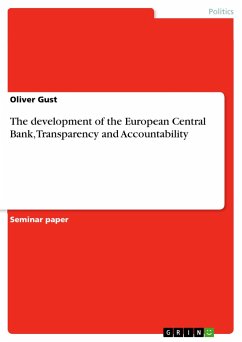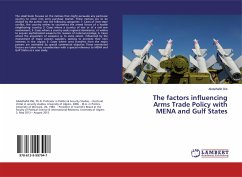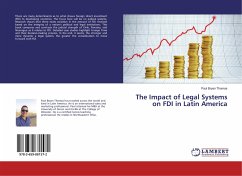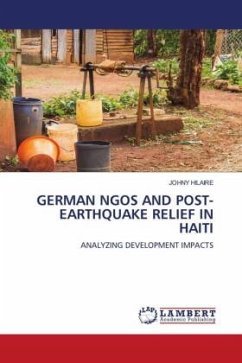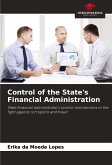The concept of transparency has in recent years become increasingly relevant in a world characterized by its ever-growing complexity. Within a variety of spheres, calls for greater levels of transparency have become common-place, leading to the implementation of a number of transparency mechanisms aimed at promoting a higher degree of information disclosure. The Western European conventional arms sector - conceptualized here as a regime comprised of a particular set of principles, norms and procedures - is one such sphere which in the post-Cold War era has come to be regulated by a variety of transparency mechanisms that seek to control, monitor and evaluate transparency-related matters. The most recent of these mechanisms and the subject of this thesis, is the European Union (EU) Council Common Position 944 on Arms Exports. The object of this thesis will be to conduct an evaluation of the appropriateness of the Common Position's transparency provisions for the specific frameworkof norms, principles and procedures governing the conventional European arms regime.
Bitte wählen Sie Ihr Anliegen aus.
Rechnungen
Retourenschein anfordern
Bestellstatus
Storno


